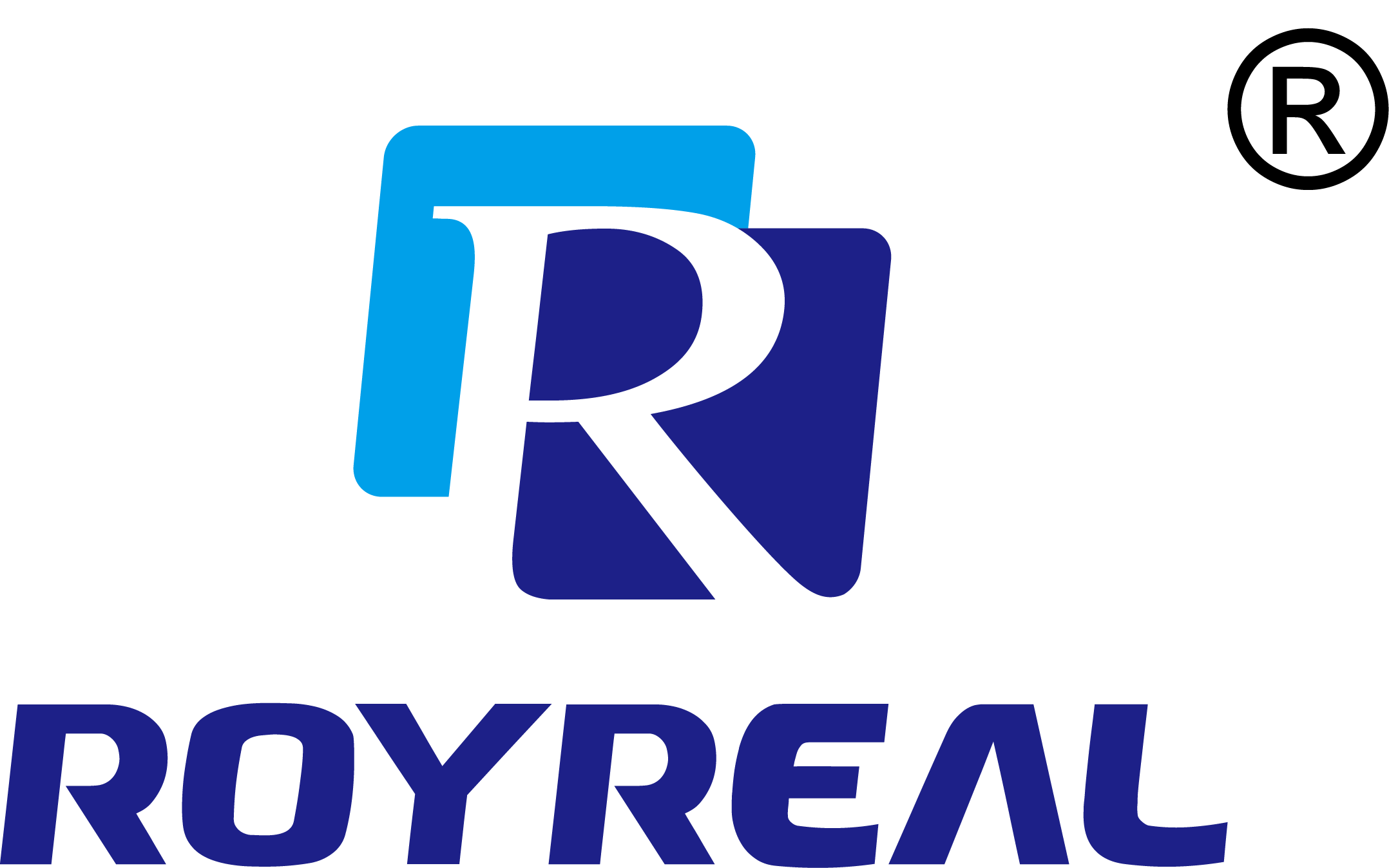Wet Test Gas Flow Meter: Everything You Need to Know
Category: Industry News
Time:2024-12-09
Introduction:
Wet test gas flow meters play a crucial role in accurately measuring gas and liquid flow rates. With their widespread usage in the instrumentation and measurement industry, understanding their working principles and applications is essential. This article dives deep into wet test gas flow meters, providing valuable insights into their functionality and the advantages they bring to different sectors.
1. How Does a Wet Test Gas Flow Meter Work?
Wet test gas flow meters utilize the principle of differential pressure to measure the flow rate of gases and liquids accurately. They consist of a primary element, typically an orifice plate or a Venturi tube, and a secondary element known as a differential pressure transmitter. As the fluid passes through the primary element, it creates a pressure drop, which is measured by the transmitter. By comparing the pressure before and after the primary element, the flow rate can be determined using established equations.
2. Key Applications of Wet Test Gas Flow Meters:
Wet test gas flow meters find extensive application in various industries, including but not limited to:
- Oil and Gas: Monitoring gas and liquid flow rates in pipelines, refineries, and storage facilities.
- Chemical Processing: Accurate measurement of liquid flows in chemical production processes.
- Pharmaceuticals: Precise control and monitoring of liquid flow rates in drug manufacturing.
- HVAC Systems: Assessing air and gas flow rates in heating, ventilation, and air conditioning systems.
- Water Treatment: Measuring and controlling the flow of liquids in water treatment plants.
3. Advantages of Wet Test Gas Flow Meters:
- Accuracy: Wet test gas flow meters offer high accuracy in flow rate measurements, ensuring reliable data for process control and optimization.
- Versatility: They can handle a wide range of fluids, including aggressive or corrosive substances, making them suitable for diverse industrial applications.
- Low Maintenance: With no moving parts, wet test gas flow meters require minimal maintenance, saving time and costs.
- Cost-Effective: These flow meters offer a cost-effective solution for flow rate measurement, providing accurate results without the need for extensive calibration.
In conclusion, wet test gas flow meters are vital instruments in the field of instrumentation and measurement, particularly in the realm of gas and liquid flow rate calculations. Their reliable operation, wide range of applications, and cost-effectiveness make them a preferred choice across industries. Understanding their working principles and benefits enables professionals to make informed decisions when selecting flow measurement solutions.
Keywords:
 EN
EN RU
RU SP
SP
